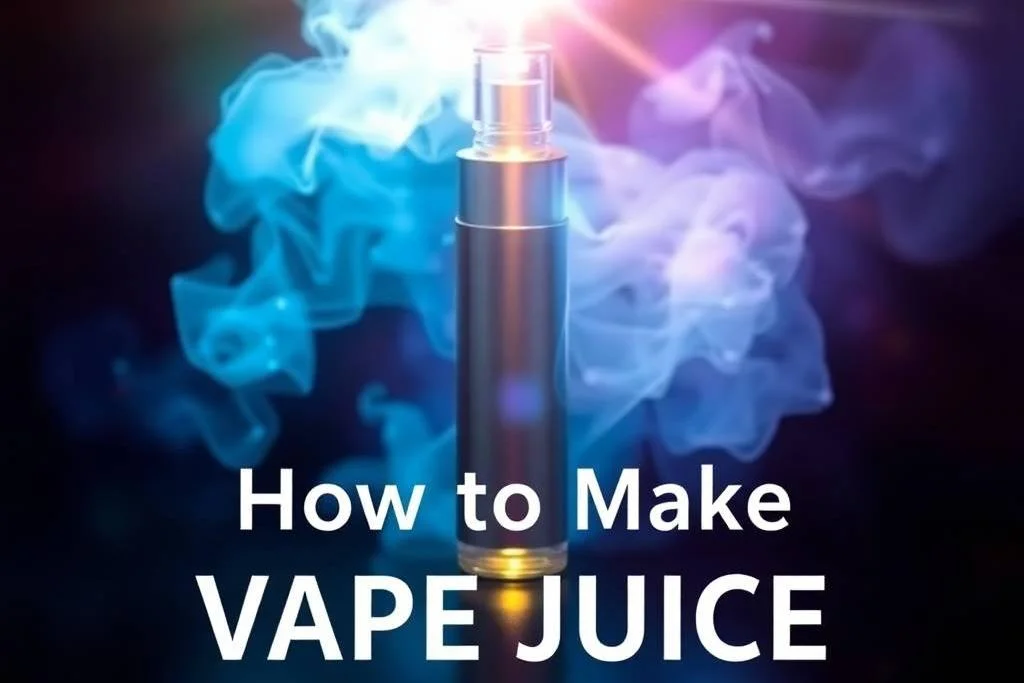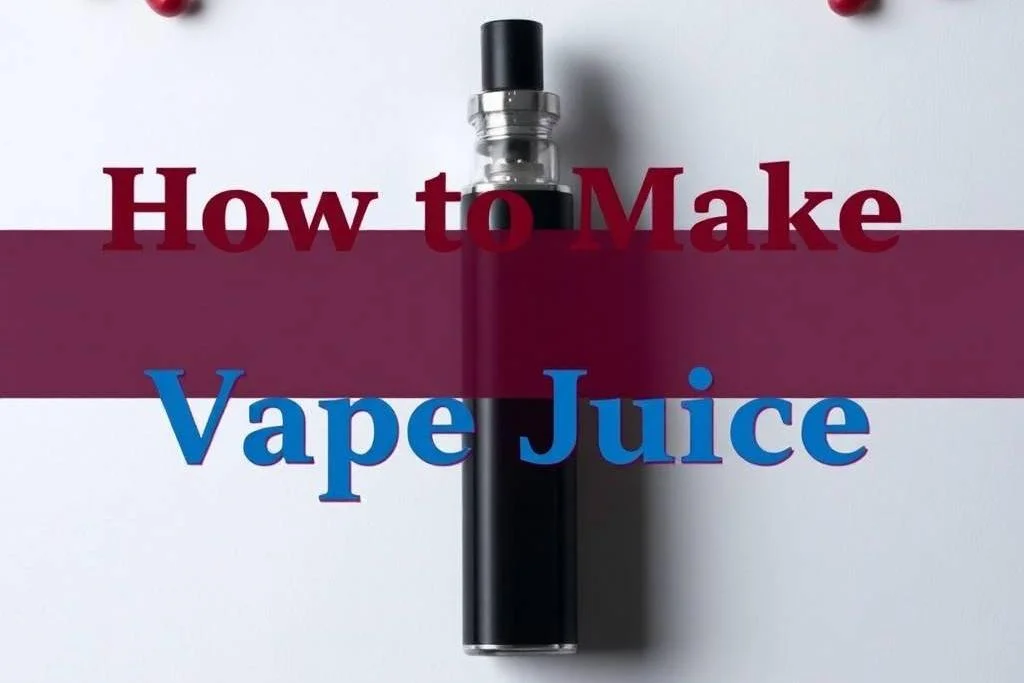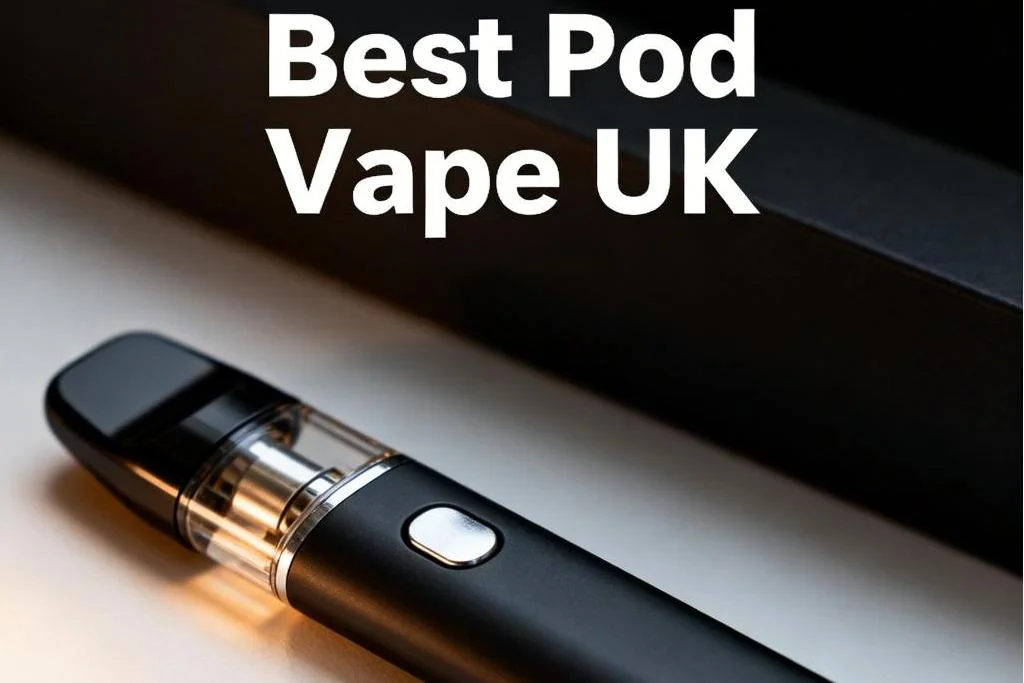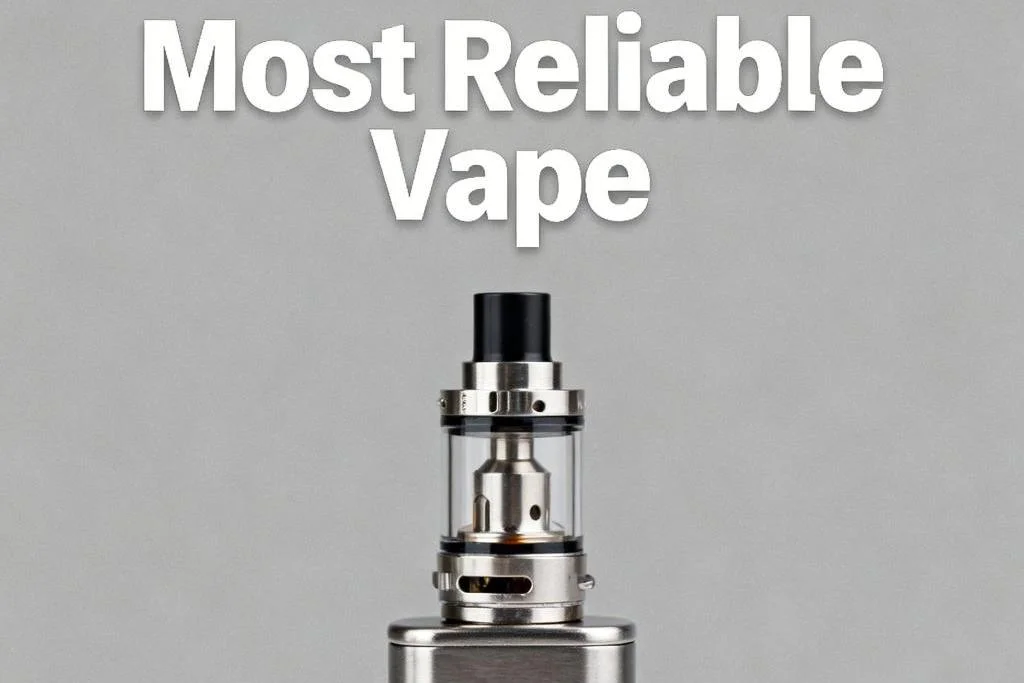How to Make Vape Juice
As vaping continues to grow in popularity, many users are exploring the DIY route—not just to save money, but also to personalize their experience. Learning how to make vape juice at home offers full control over flavor, nicotine strength, and VG/PG ratios. Whether you're aiming to replicate your favorite e-liquid or experiment with new blends, this guide walks you through the entire process, safely and effectively.
Is It Legal to Make Vape Juice at Home?
Before diving in, it’s important to check your local and national laws. In many regions, making vape juice for personal use is legal, but selling homemade e-liquid may require certification, licensing, or regulatory compliance under bodies like the FDA or TPD. Always research regulations in your area to ensure you’re staying within legal boundaries.

What You Need to Make Vape Juice
To start, you'll need a few essential ingredients and tools. Most are available online or at vape shops that cater to DIY enthusiasts.
1. Basic Ingredients:
- Vegetable Glycerin (VG) – Produces dense vapor and a smoother throat hit.
- Propylene Glycol (PG) – Enhances flavor and provides a stronger throat hit.
- Nicotine Base (optional) – Usually in PG or VG, available in varying strengths.
- Food-Grade Flavor Concentrates – Specifically formulated for vaping.
2. Tools and Supplies
- Empty plastic or glass bottles (with child-resistant caps)
- Syringes or pipettes (for accurate measurements)
- Digital scale (optional, for more precise mixing by weight)
- Gloves and safety goggles
- Labels and a notepad (for tracking your recipes)
3. Choosing the Right VG/PG Ratio
The VG/PG ratio determines vapor production, throat hit, and flavor intensity.
- 70/30 VG/PG – Ideal for sub-ohm vaping; more clouds, smoother hit.
- 50/50 VG/PG – Balanced for standard coils and pod systems.
- Max VG – Great for cloud chasers but may mute some flavors.
Choose the ratio that best suits your vaping device and preferences.
How to Make Vape Juice at Home (Step-by-Step)
Here’s a beginner-friendly method using volume measurements:
Step 1: Calculate Your Recipe
Use an online e-liquid calculator. Enter:
- Desired total amount (e.g., 100ml)
- Nicotine strength
- VG/PG ratio
- Flavor percentage
Step 2: Measure Your Ingredients
Using syringes or pipettes:
- Add VG and PG to your mixing bottle
- Add nicotine base (if using)
- Add flavor concentrates (start with 5-15% depending on brand and profile)
Step 3: Mix Thoroughly
Seal the bottle and shake vigorously for 1–2 minutes. For better integration, you can place the bottle in warm water for 10–15 minutes before shaking again.
Step 4: Steeping (Optional but Recommended)
Steeping enhances flavor. Store the bottle in a cool, dark place for a few days to several weeks. Shake it daily and do taste tests every few days to monitor development.
Step 5: Label Everything
Always label your bottles with the date, recipe details, nicotine strength, and VG/PG ratio. This is critical for safety and future reference.

Safety Tips When Handling Nicotine
Nicotine is a potent substance and must be handled with care:
- Always wear gloves and goggles.
- Work in a well-ventilated space.
- Keep all ingredients away from children and pets.
- Use only pharmaceutical or food-grade ingredients.
Pros and Cons of Making Your Own Vape Juice
1. Pros
- Cost-effective
- Customizable flavors and nicotine levels
- Greater control over ingredients
2. Cons
- Initial setup cost
- Time-consuming steeping process
- Requires attention to safety and hygiene
Conclusion
Knowing how to make vape juice not only empowers vapers to take control of their experience but also offers an exciting avenue to explore creativity in flavor blending. With a bit of patience, precision, and safety, DIY vape juice can be just as satisfying—if not more—than store-bought e-liquid. Just remember: quality starts with safe practices and accurate measurements.
TABLE OF CONTENTS
- Is It Legal to Make Vape Juice at Home?
- What You Need to Make Vape Juice
- 1. Basic Ingredients:
- 2. Tools and Supplies
- 3. Choosing the Right VG/PG Ratio
- How to Make Vape Juice at Home (Step-by-Step)
- Step 1: Calculate Your Recipe
- Step 2: Measure Your Ingredients
- Step 3: Mix Thoroughly
- Step 4: Steeping (Optional but Recommended)
- Step 5: Label Everything
- Safety Tips When Handling Nicotine
- Pros and Cons of Making Your Own Vape Juice
- 1. Pros
- 2. Cons
- Conclusion





